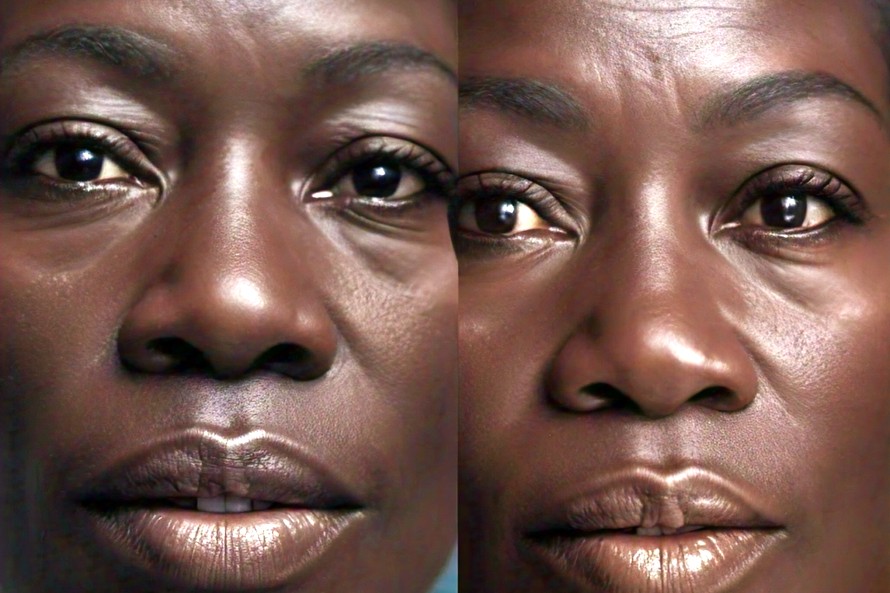In a world where artificial intelligence is rapidly advancing, a new study from the University of Waterloo reveals that most people struggle to distinguish AI-generated images of human faces from real ones. The research found that only 61% of participants could accurately tell the difference, well below the expected 85% threshold.
The study presented 260 participants with 20 unlabeled images, half of which were real people obtained from Google searches, while the other half were generated by popular AI programs like Stable Diffusion or DALL-E. Participants were tasked with labeling each image as real or AI-generated and explaining their reasoning.
“People are not as adept at making the distinction as they think they are,” said Andreea Pocol, the study’s lead author and a PhD candidate in Computer Science at the University of Waterloo. Participants paid close attention to details like fingers, teeth, and eyes as potential indicators, but their assessments were often incorrect.
Pocol noted that the study allowed participants to scrutinize the photos at length, unlike typical internet users who glance at images briefly. “People who are just doomscrolling or don’t have time won’t pick up on these cues,” she said.
The rapid pace of AI development makes it challenging to understand the potential for malicious or nefarious use of AI-generated images. Pocol warned, “Disinformation isn’t new, but the tools of disinformation have been constantly shifting and evolving. It may get to a point where people, no matter how trained they will be, will still struggle to differentiate real images from fakes. That’s why we need to develop tools to identify and counter this. It’s like a new AI arms race.”
These AI-generated images pose a particular threat as a political and cultural tool, enabling users to create fake images of public figures in compromising situations.
The study, “Seeing Is No Longer Believing: A Survey on the State of Deepfakes, AI-Generated Humans, and Other Nonveridical Media,” appears in the journal Advances in Computer Graphics.
#ArtificialIntelligence #DeepFakes #Disinformation #TechnologyRace

